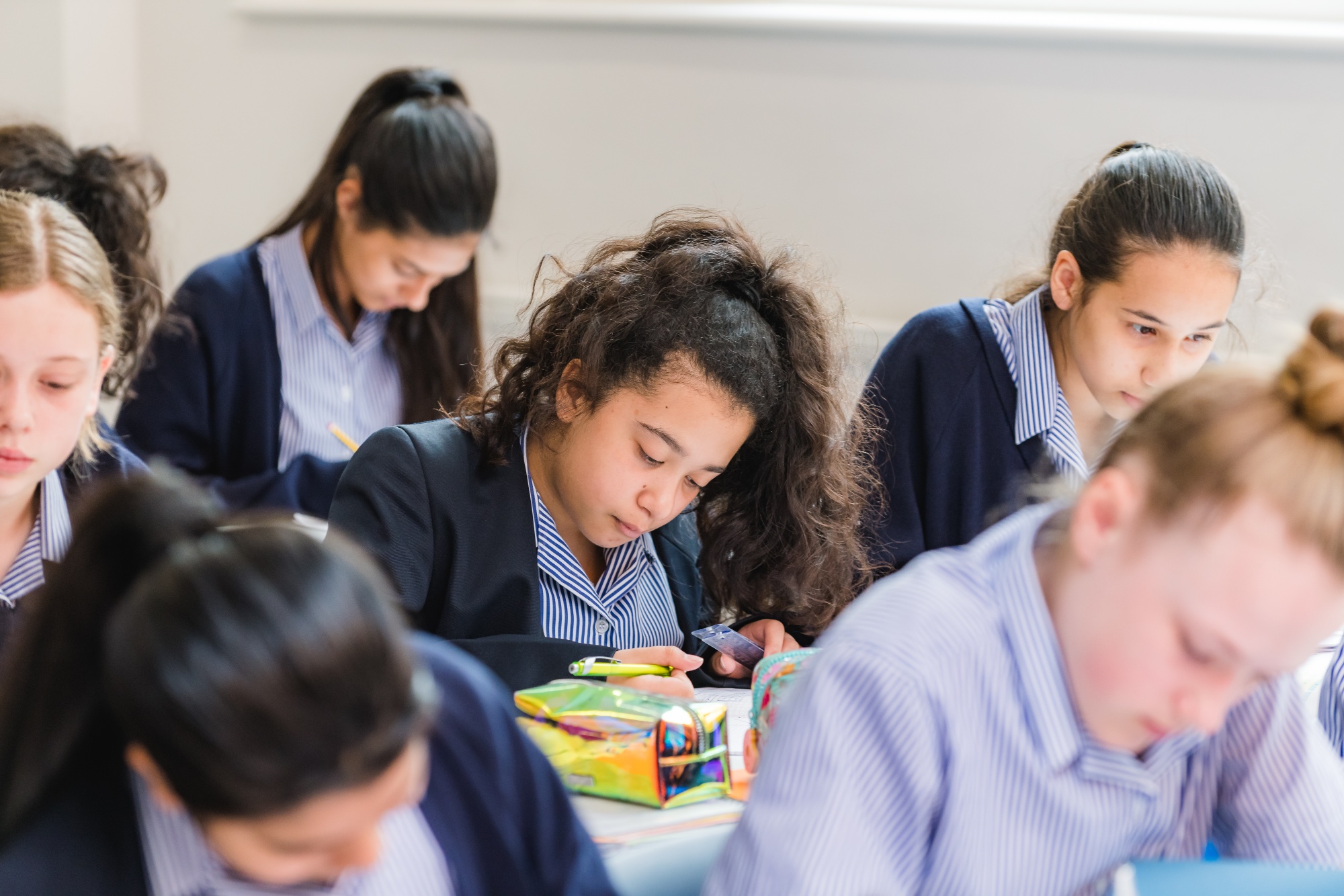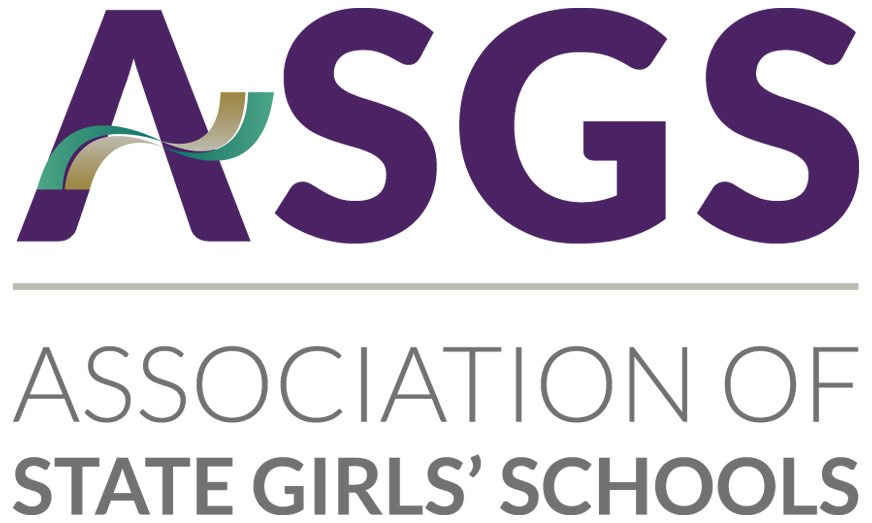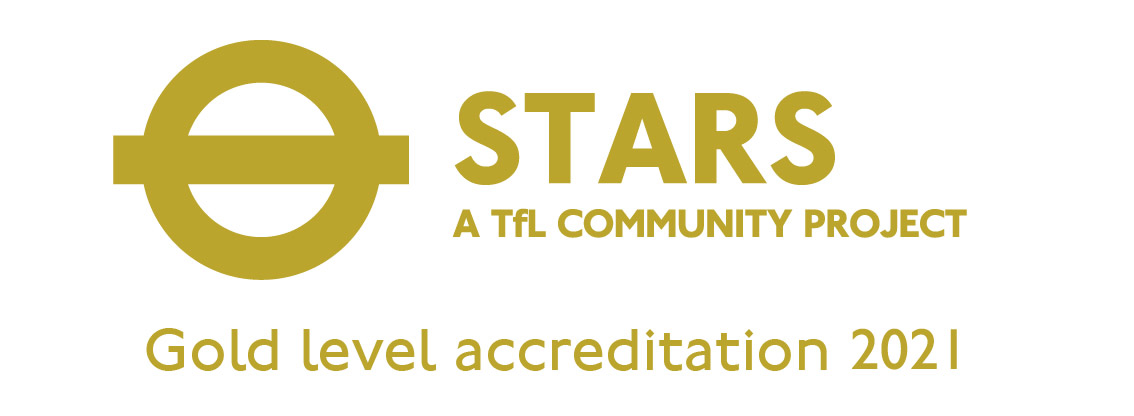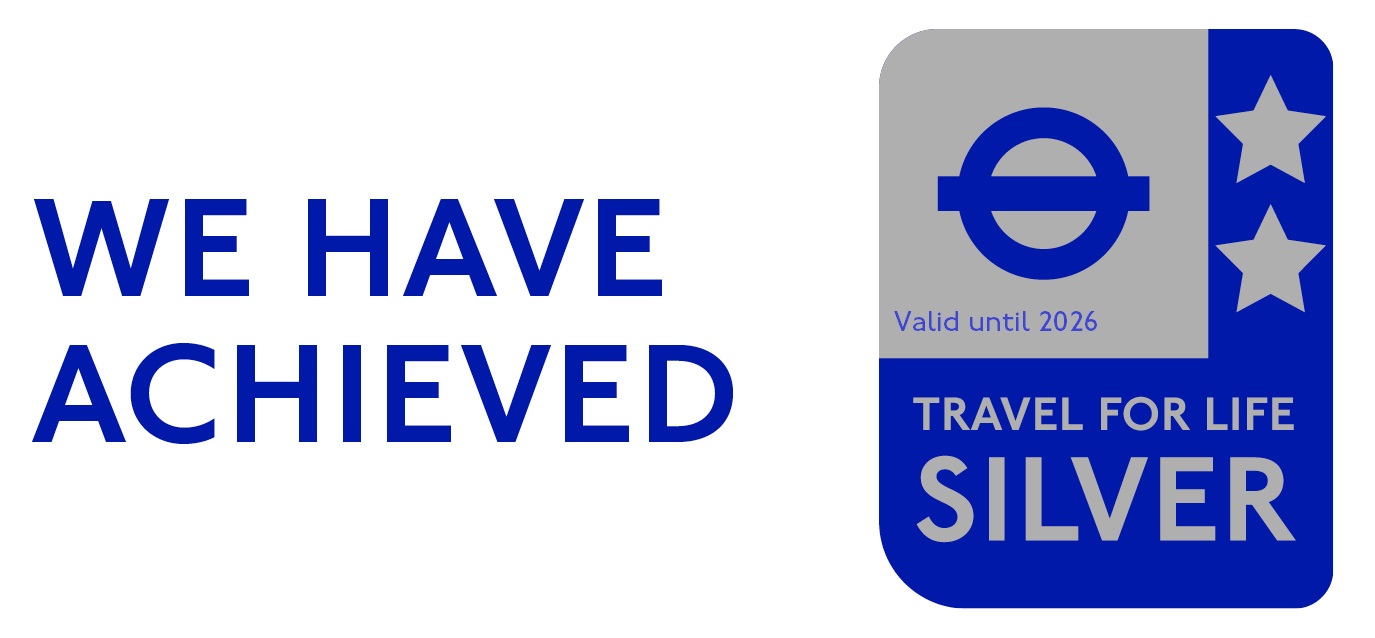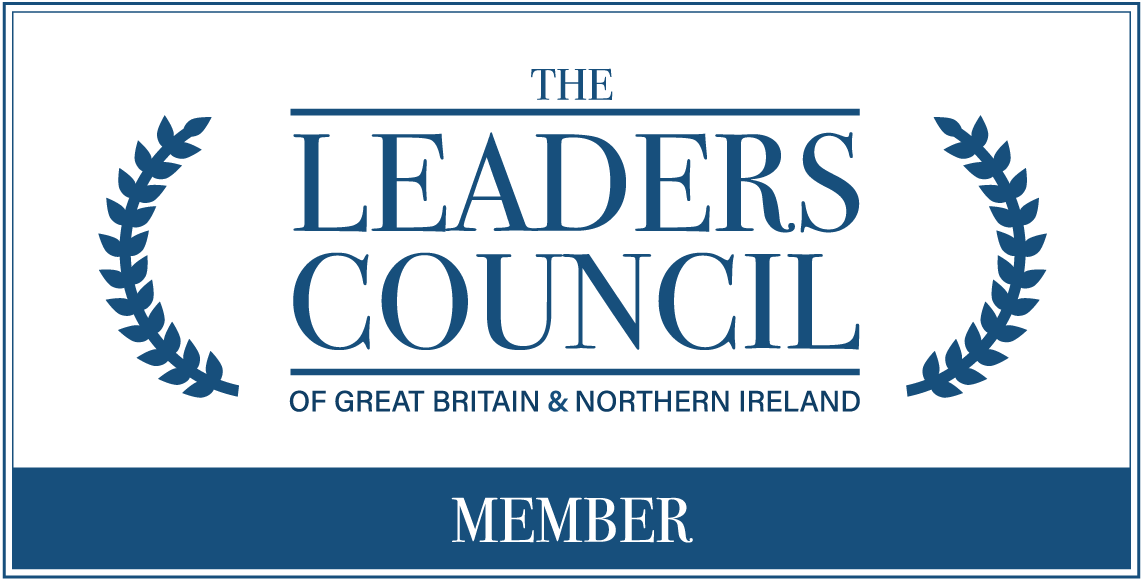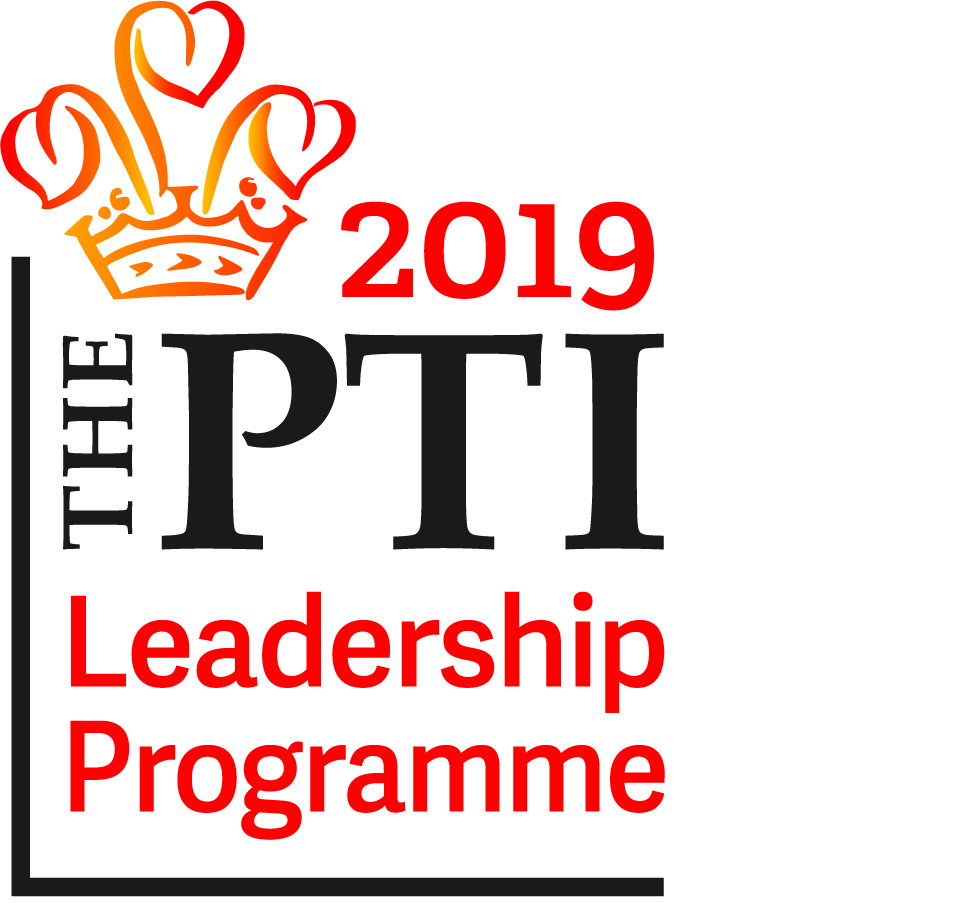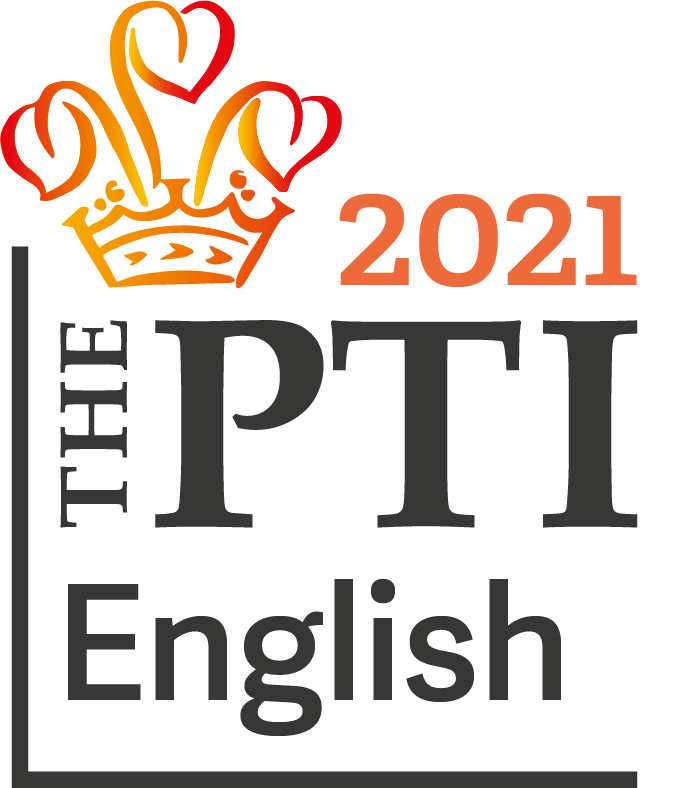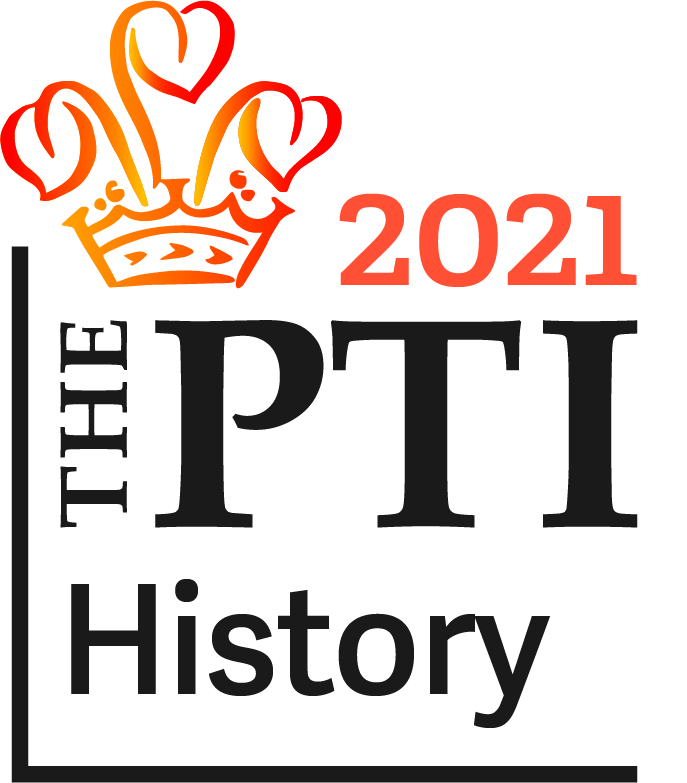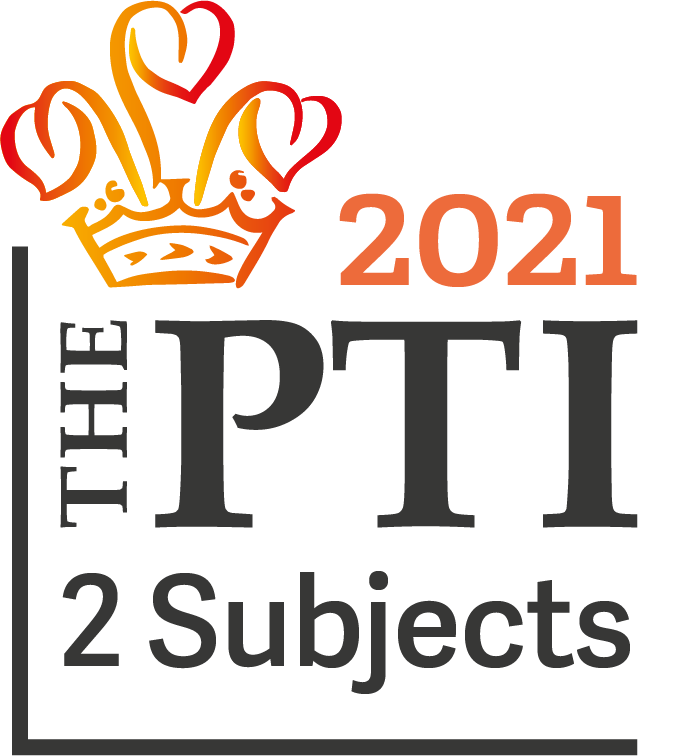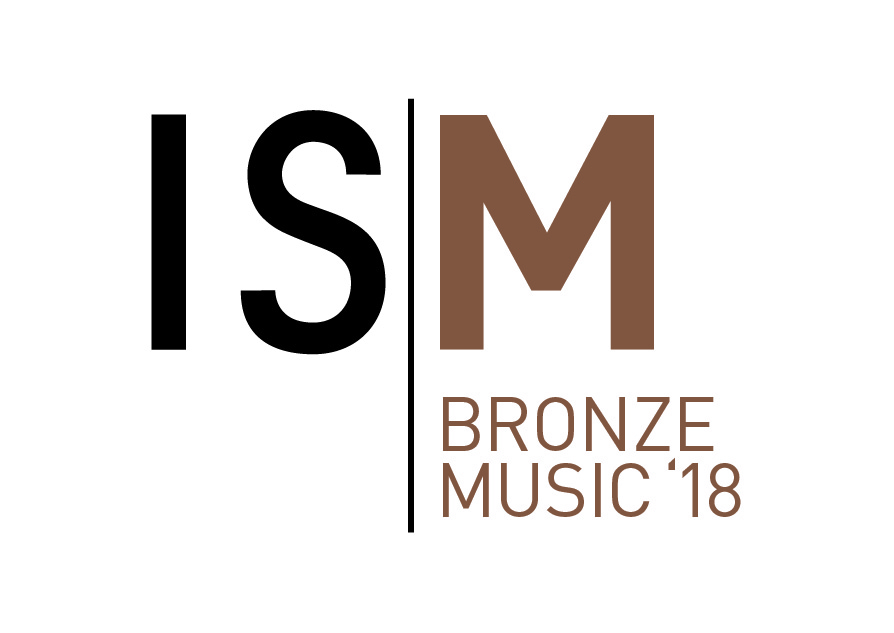| PHYSICAL EDUCATION | |||
|---|---|---|---|
| INTRODUCTION |
‘Sport has the power to change the world. It has the power to inspire. It has the power to unite people in a way that little else does.’ (Nelson Mandela).
GCSE Physical Education has been designed to allow students to study in an academic setting, allowing them to critically analyse and evaluate performance and apply their experience of practical activities in developing their knowledge and understanding of the subject. |
||
| EXAM BOARD | AQA | ||
| STRUCTURE OF COURSE |
UNIT: 1 UNIT: 2 | ||
|
|
The human body and Socio-Cultural influences and well-movement in physical activity being in physical activity and sport and sport |
|
|
| UNIT: 3 | |||
| Practical Performance in physical activity and sport Non-exam assessment (NEA) |
|||
| ASSESSMENT |
|
||
| CONTENT | |||
| UNIT: 1 |
In this section students will develop knowledge and understanding of applied anatomy and physiology, movement analysis, physical training and the use of data. There are a total of 78 marks. |
||
| UNIT: 2 | In this section students will develop their knowledge of socio-cultural influences that impact on participation and performance in physical activities including: commercialisation of sport, ethical and cultural issues, sport psychology and health, fitness and well-being. There are a total of 78 marks. | ||
| UNIT: 3 | In this section students will be assessed in 3 physical activities from a set list. They will be marked on skills during individual and team tasks as well as general performance skills. Students will also be required to analyse and evaluate their performance in a coursework task worth 10% of their final grade. Each sport and course work is marked out of 25. | ||
| ADDITIONAL INFORMATION | |||
|
|||










